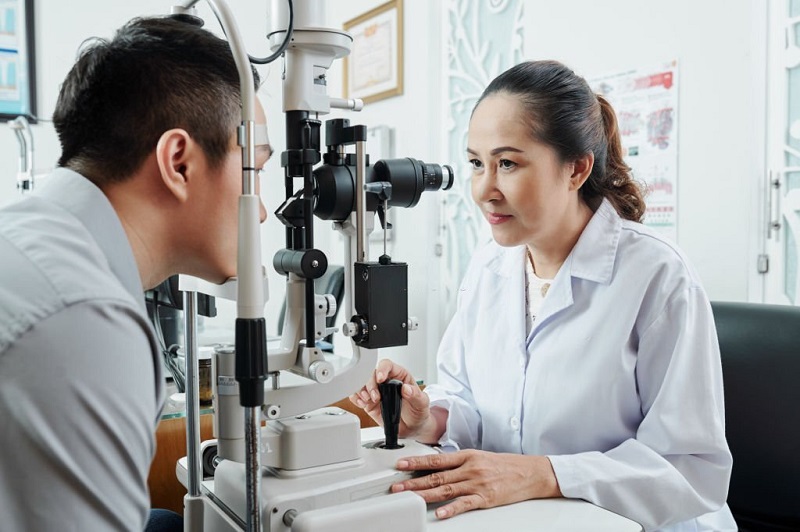Introduction:
Our vision is one of the most vital senses we possess, allowing us to navigate the world around us. However, maintaining optimal visual health requires regular care and attention. One crucial aspect of this care is undergoing comprehensive eye tests. In this informative article, we will delve into the importance of eye tests, their components, and explore the significant connection between eye tests and concussions.
Eye Tests: Assessing Visual Acuity and Beyond
Eye tests, conducted by trained eye care professionals, play a pivotal role in assessing various aspects of visual health. They involve a series of examinations and evaluations to gauge visual acuity, detect refractive errors, and identify potential eye conditions or diseases. Here are some key components of a comprehensive eye test:
Visual Acuity Test: This test measures your ability to see clearly at various distances using an eye chart. It helps identify any nearsightedness (myopia), farsightedness (hyperopia), or astigmatism.
Refraction Assessment: By using a phoropter or autorefractor, the optometrist determines the precise prescription needed for corrective lenses, if required.
Eye Muscle Movement Test: This examination ensures that the muscles controlling eye movement are functioning correctly. It assesses binocular vision and can identify conditions such as strabismus (misalignment of the eyes) or amblyopia (lazy eye).
Visual Field Test: Also known as perimetry, this evaluation assesses your peripheral vision. It helps identify any blind spots or abnormalities, which may be indicative of glaucoma, optic nerve damage, or other conditions.
Intraocular Pressure Measurement: This test, commonly known as the “puff test” or tonometry, measures the pressure within the eye, aiding in the detection of glaucoma.
Eye Tests and Concussions: Unveiling the Connection
Concussions, often caused by head trauma or impact, can have a profound impact on visual health. It is crucial to understand the connection between concussions and eye function. Here are a few ways eye tests are instrumental in concussion assessment and management:
Visual Symptom Assessment: Following a concussion, individuals may experience a range of visual symptoms, including blurred vision, light sensitivity (photophobia), double vision, or difficulty focusing. These symptoms can be evaluated through specialized eye tests to determine the severity of the concussion and guide appropriate treatment.
Oculomotor Function Evaluation: Eye movements are closely linked to brain function. Specific eye tests, such as smooth pursuit, saccade, and vestibulo-ocular reflex assessments, can identify abnormalities in eye movements associated with concussions. These tests provide valuable insights into the brain’s health and aid in developing targeted rehabilitation strategies.
Visual Processing Assessment: Concussions can affect how the brain processes visual information. Tests like visual acuity, contrast sensitivity, and visual field assessments help identify any deficits in visual processing, guiding appropriate interventions and rehabilitation techniques.
Conclusion:
Regular eye tests are integral to maintaining optimal visual health, detecting potential eye conditions, and ensuring early intervention. Furthermore, eye tests play a crucial role in assessing concussions and guiding appropriate management strategies. By understanding the significance of eye tests and their connection to concussions, we can take proactive steps in preserving our visual well-being and overall brain health. Schedule regular eye exams with a qualified eye care professional to stay on top of your visual health and promote a better quality of life.
For more information available at https://www.exterioridea.com/










